Finding the right footwear can be a daunting task, especially for those suffering from foot problems. Whether you’re dealing with flat feet, plantar fasciitis, arthritis, or other foot-related ailments, investing in the right shoes is essential for comfort and mobility. In this extensive guide, we will explore the best shoes for bad feet, compare brands, and provide insightful tips tailored to your needs. Let’s make every step you take a comfortable one!
Understanding Foot Problems
To choose appropriate footwear, you first need to understand the common foot problems that can affect your daily life. Here’s a brief overview:
Common Foot Issues
- Flat Feet: Characterized by the absence of the arch in the foot, leading to overpronation.
- Plantar Fasciitis: Involves inflammation of the plantar fascia, causing severe heel pain.
- Diabetic Foot Issues: Includes neuropathy and poor circulation, requiring specialized footwear.
- Arthritis: Joint pain in the feet can lead to discomfort and difficulty walking.
- Bunions and Hammertoes: Deformities that require wider toe boxes in shoes.
Choosing the Right Shoes for Bad Feet
Selecting the right shoes is crucial for alleviating discomfort and promoting overall foot health. Here’s a guide to what you should look for:
Key Features to Consider
- Arch Support: Shoes with adequate arch support help distribute weight evenly.
- Cushioning: A well-cushioned shoe reduces impact and provides comfort.
- Toe Box Space: A wide toe box helps prevent cramping and discomfort.
- Adjustable Features: Look for shoes with laces, straps, or elastic that allow for a customized fit.
- Lightweight Materials: Lightweight shoes reduce strain on your feet.
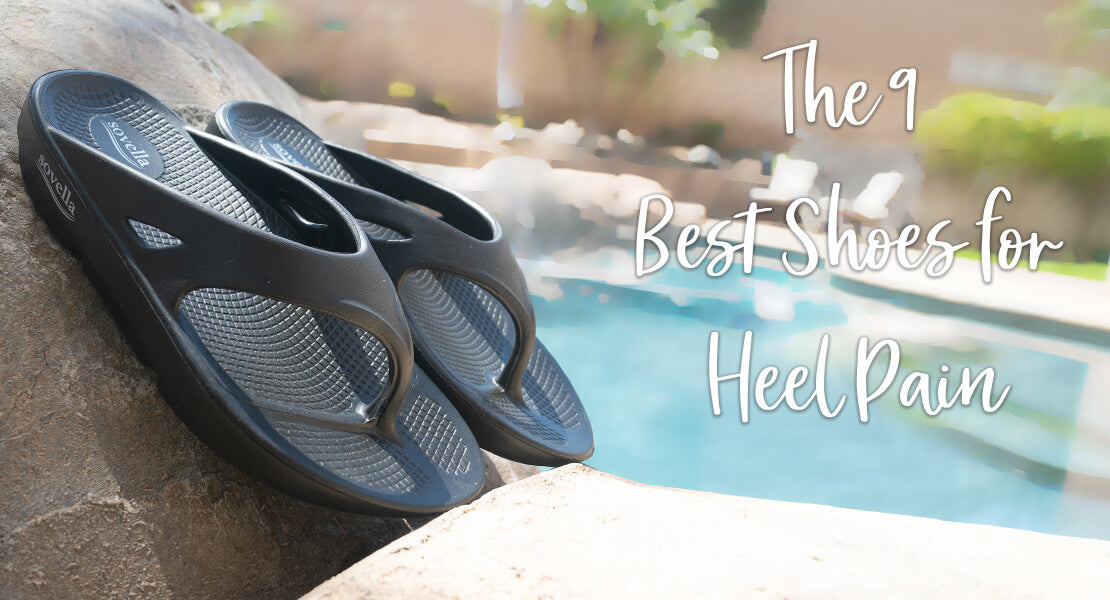
Top Recommended Shoes for Bad Feet
We’ve researched and compiled a list of some of the best shoes for bad feet that cater to various needs. Let’s dive in!
1. Brooks Ghost 14
The Brooks Ghost 14 is a favorite among runners and those seeking comfort. With superb cushioning and arch support, they’re ideal for individuals with flat feet or plantar fasciitis. The mesh upper ensures breathability, making them suitable for all-day wear.
Pros and Cons
| Pros | Cons |
|---|---|
| Great cushioning | Pricey |
| Good for overpronation | May take time to break in |
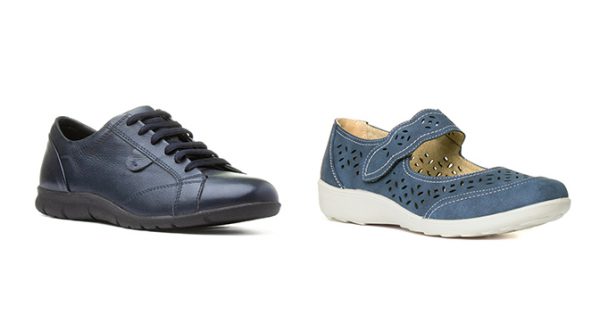
2. ASICS Gel-Kayano 28
The ASICS Gel-Kayano 28 combines support and style. Known for its stability and gel cushioning system, this shoe works well for individuals with flat feet. Its durable construction ensures longevity, making it a worthwhile investment.
Pros and Cons
| Pros | Cons |
|---|---|
| Excellent stability | Heavy compared to competitors |
| High-quality materials | Expensive |

3. New Balance 990v5
The New Balance 990v5 is a classic shoe known for its exceptional comfort. With a wide fit option, it is suitable for those with bunions or other foot deformities. The cushioning is adequate for daily activities as well as light running.
Pros and Cons
| Pros | Cons |
|---|---|
| Excellent arch support | Bulky design |
| Multiple width options | High price point |
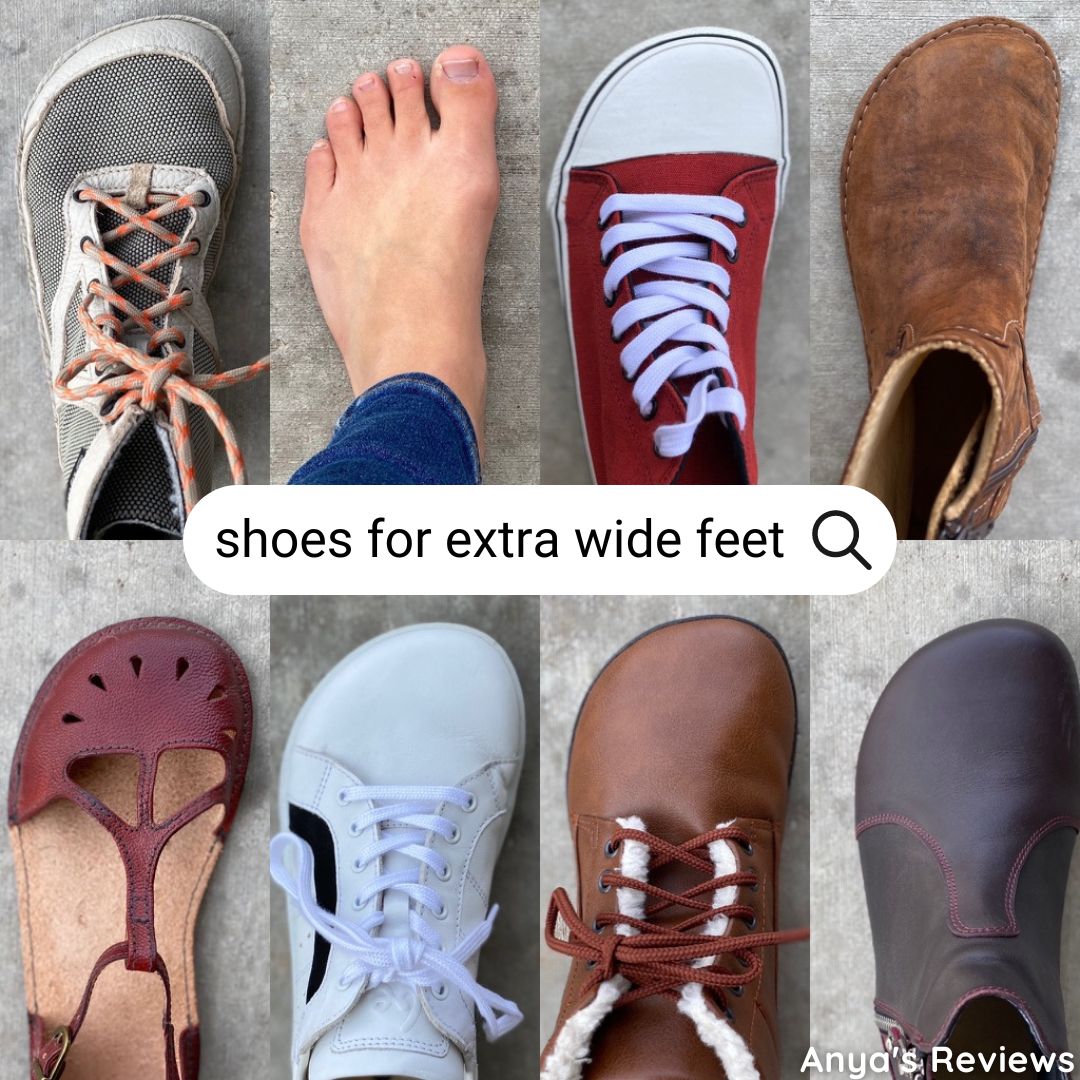
4. Hoka One One Bondi 7
The Hoka One One Bondi 7 is one of the most cushioned shoes on the market. It’s ideal for those suffering from heel pain or arthritis. The oversized midsole provides unparalleled comfort, making long walks or standing easier.
Pros and Cons
| Pros | Cons |
|---|---|
| Extremely comfortable | Bulky design |
| Good for impact absorption | Not suited for narrow feet |
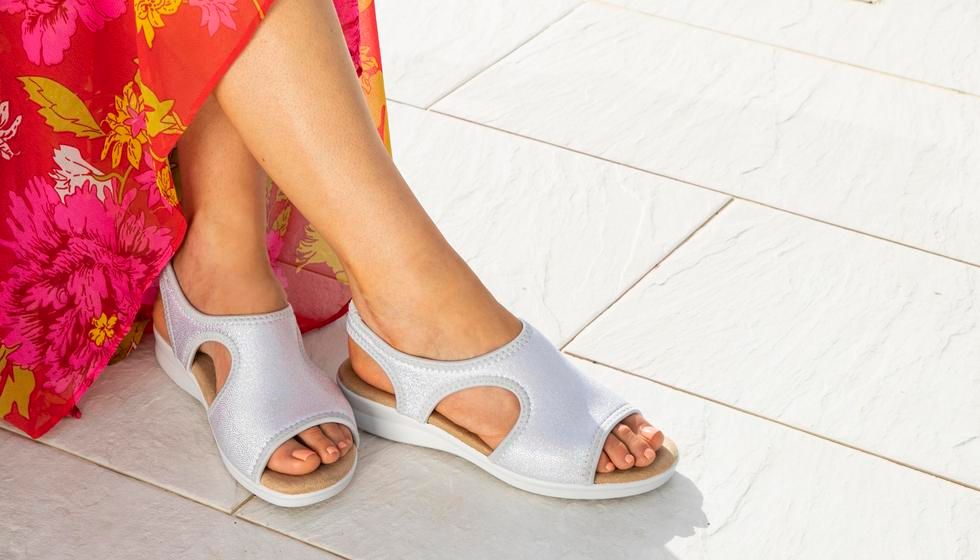
5. Nike Air Zoom Pegasus 38
The Nike Air Zoom Pegasus 38 is an all-around running shoe that provides comfort and responsiveness, making it suitable for individuals with various foot issues. Its versatile design allows for both running and casual wear.
Pros and Cons
| Pros | Cons |
|---|---|
| Responsive cushioning | Less arch support |
| Great for different activities | May not be suitable for wide feet |
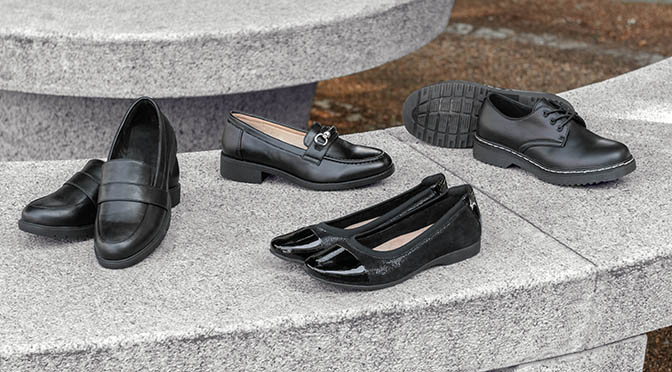
Comparison Table of Recommended Shoes
| Shoe | Arch Support | Cushioning | Toe Box Space | Price Range |
|---|---|---|---|---|
| Brooks Ghost 14 | Moderate | High | Medium | $130 |
| ASICS Gel-Kayano 28 | High | Moderate | Medium | $160 |
| New Balance 990v5 | High | Moderate | Wide | $180 |
| Hoka One One Bondi 7 | Moderate | Very High | Medium | $160 |
| Nike Air Zoom Pegasus 38 | Low | Moderate | Narrow | $120 |
Tips for Choosing and Buying Shoes for Bad Feet
Finding the right shoe isn’t just about picking a brand; it’s about considering various factors that affect comfort and functionality. Here are some tips:

1. Get Professionally Fitted
Visiting a specialist store can help you get measured accurately and find shoes that match your foot shape and issues.
2. Try Shoes on Later in the Day
Your feet swell throughout the day. Trying on shoes in the afternoon or evening can help ensure a better fit.
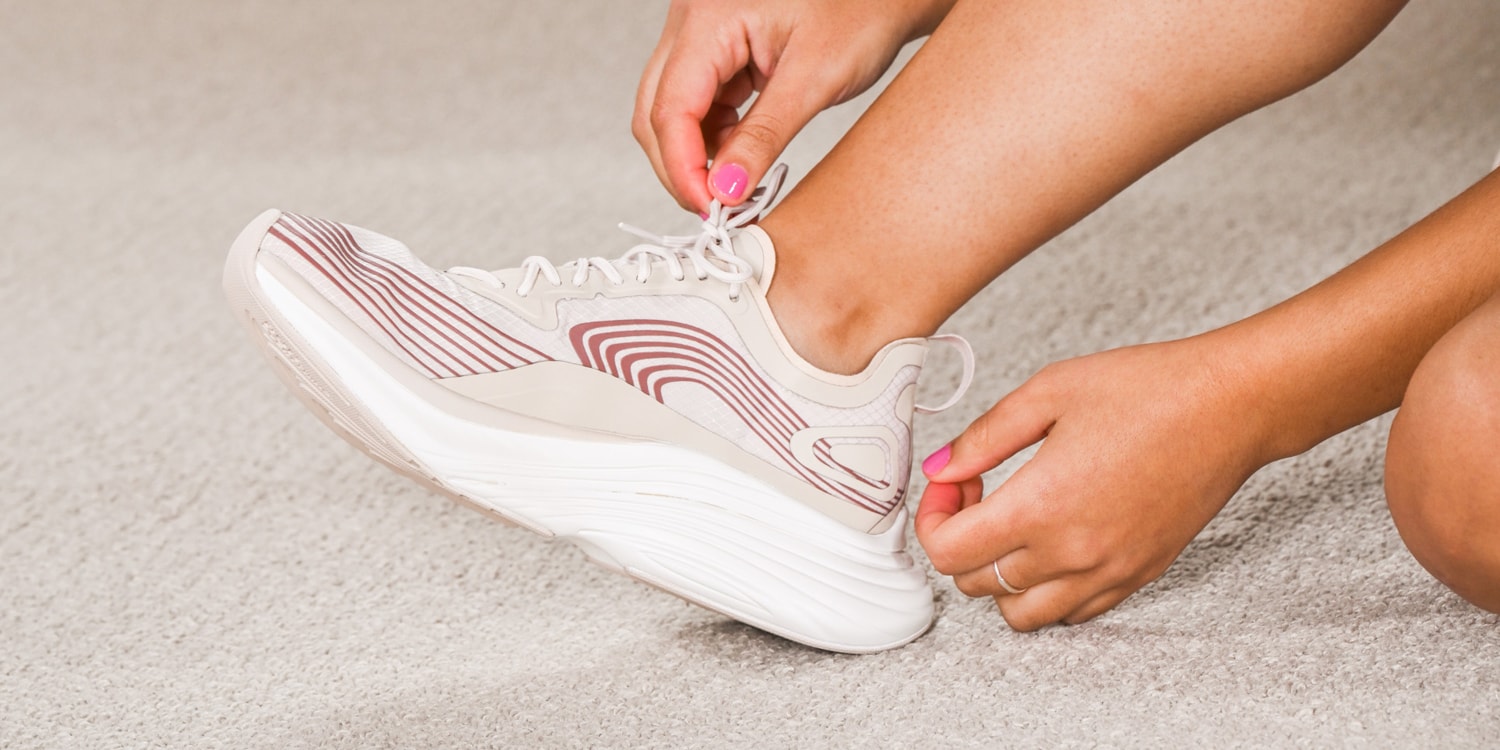
3. Consider Custom Orthotics
If you have severe foot issues, custom orthotics can provide additional support and comfort in your shoes.
4. Read Reviews and Seek Recommendations
Look for shoes that have been positively reviewed by others with similar foot problems.
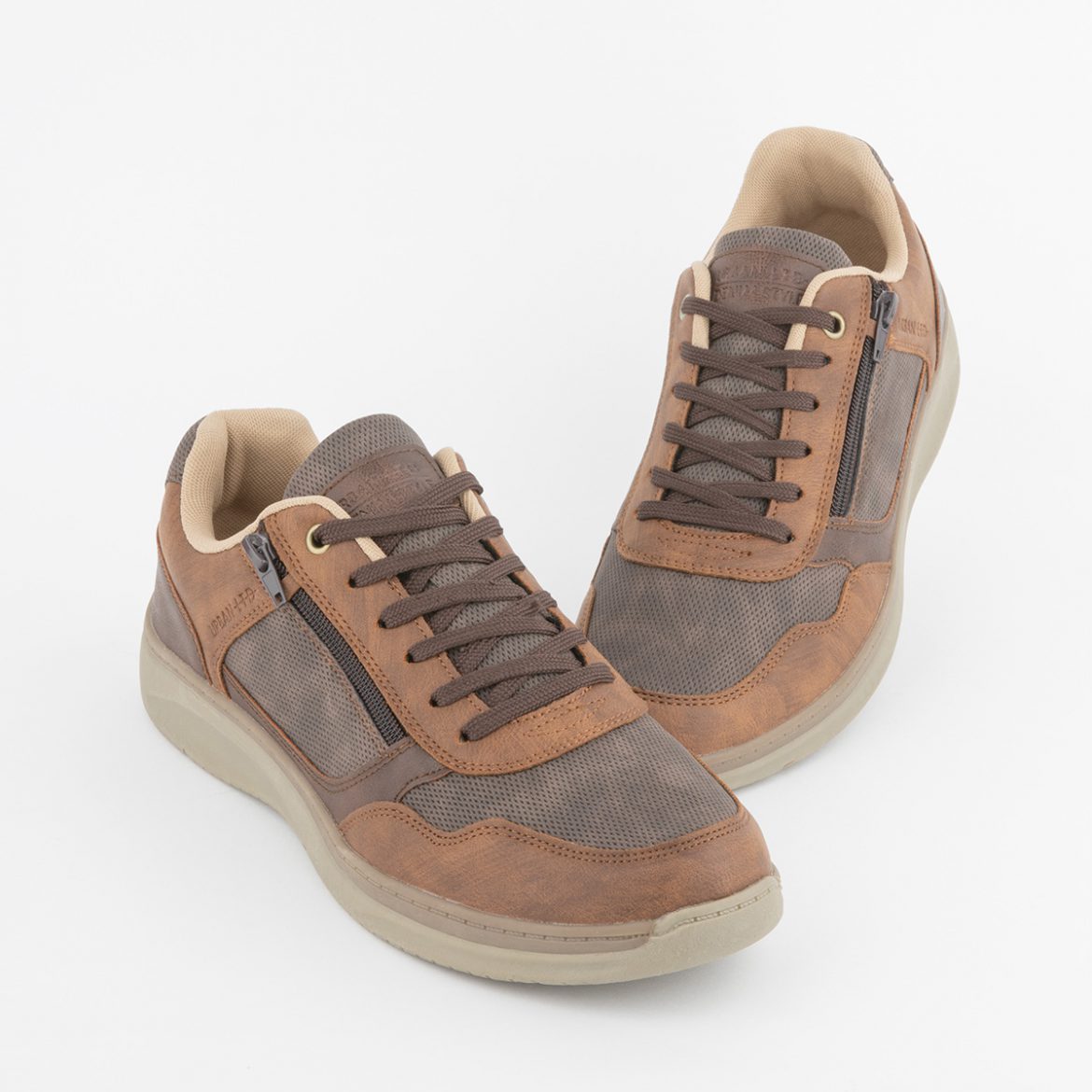
5. Maintain Proper Foot Hygiene
Good foot hygiene can help prevent complications associated with poor foot health while wearing shoes.
Local Insights and Cultural Connections
In the USA, the importance of comfort in footwear varies by region. For instance, in urban settings like New York, where walking is the primary mode of transportation, many residents prioritize shoes that provide comfort for long periods. On the other hand, in places like Phoenix, Arizona, where the climate is warmer, breathable shoes are often favored.
Frequently Asked Questions (FAQs)
1. What are the best shoes for plantar fasciitis?
For plantar fasciitis, consider shoes with excellent arch support and cushioning, such as Brooks Ghost 14 or ASICS Gel-Kayano 28.
2. Are there specific brands known for making shoes for bad feet?
Yes, brands like New Balance, Brooks, ASICS, and Hoka One One are well-regarded for their supportive footwear.
3. How often should I replace my shoes if I have bad feet?
It’s generally advisable to replace shoes every 300 to 500 miles of use, or if they show significant wear.
4. Can I use insoles in regular shoes?
Yes, adding insoles can enhance the comfort and support of regular shoes, making them more suitable for bad feet.
5. What is the best type of shoe for wide feet?
Look for brands that offer wide fit options, such as New Balance 990v5, which provides ample toe box space.
Final Thoughts
Your feet play a crucial role in your overall health and mobility. Investing in the right shoes can significantly impact your quality of life, particularly if you suffer from foot problems. Remember to prioritize comfort, support, and proper fit when making your selection. With the right footwear, every step can be a comfortable one, regardless of your foot condition.
Citations
- American Podiatric Medical Association – Insights on foot health and shoe choice.
- National Institutes of Health – Study on the impact of footwear on foot health.
- Foot Health Facts – Comprehensive guide to choosing the right shoes.